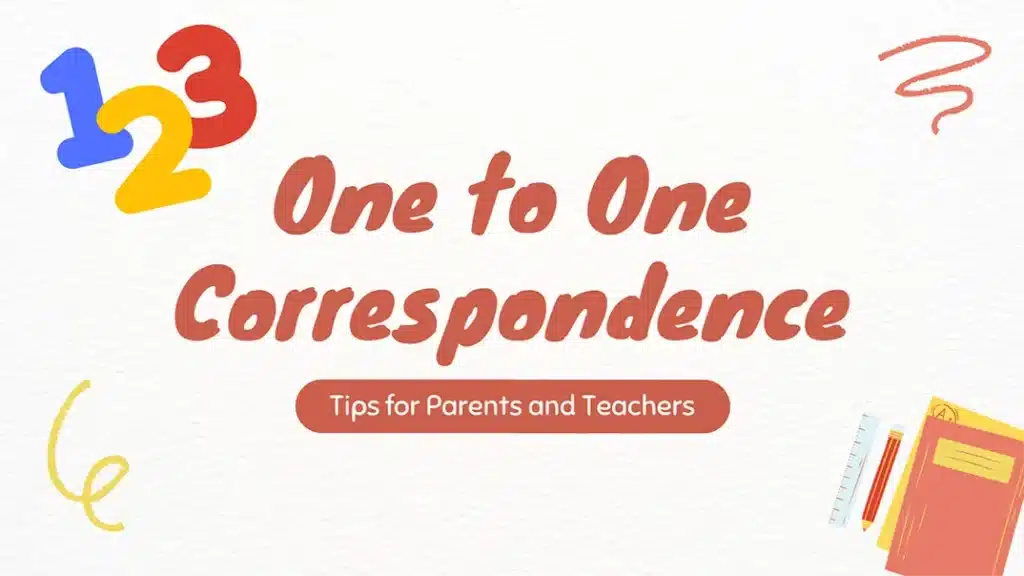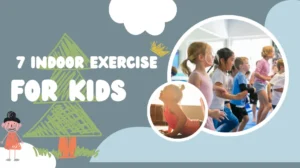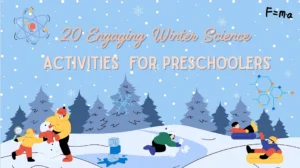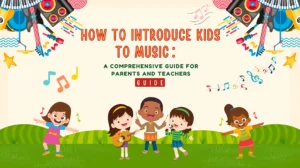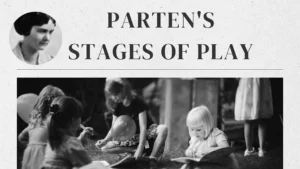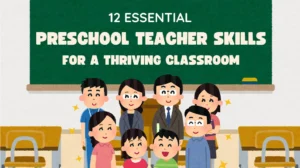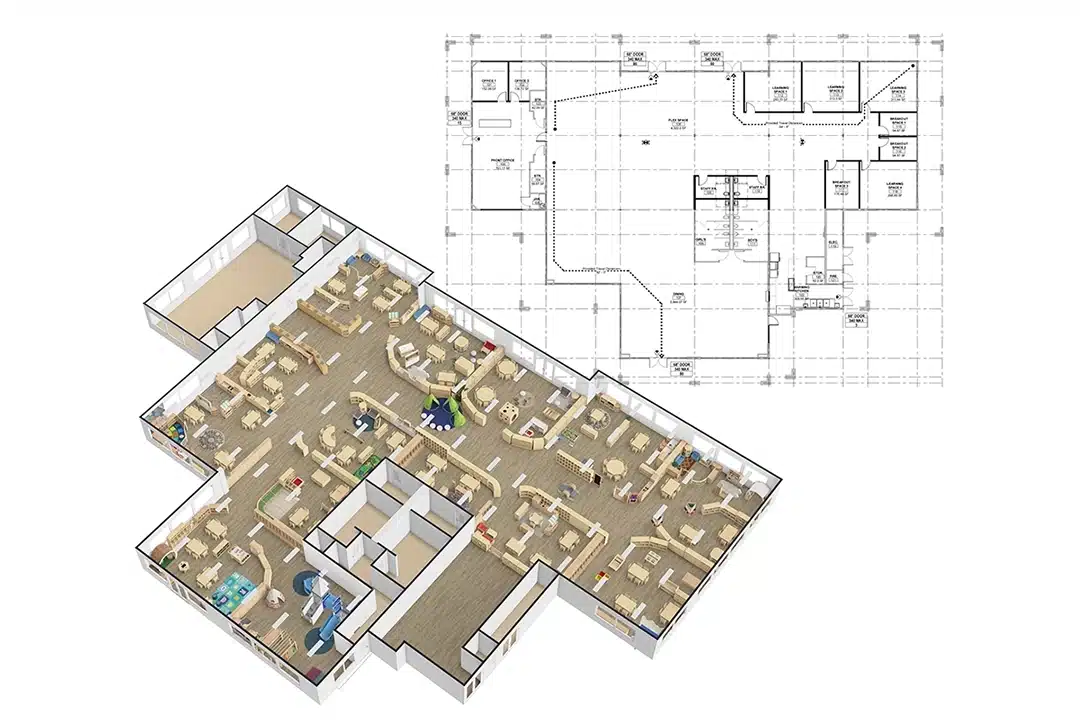Why does your child sometimes count out loud but still end up with the wrong number of objects? Why do some students struggle to match numbers with physical items even after learning to count? These common frustrations often stem from a missing foundational skill: one to one correspondence. Without a clear understanding of this concept, young learners may know how to recite numbers but fail to grasp what those numbers actually represent.
One to one correspondence is a foundational concept in early math development. It involves accurately pairing each object in a set with one and only one number or counting word. This principle is crucial for developing number sense and understanding quantities. Through consistent exposure, playful interaction, and intentional teaching methods, children can naturally internalize this concept.
Ready to make counting click for your child or students? We’ll walk you through step-by-step techniques, fun activity ideas, and tips that make learning one to one correspondence enjoyable and effective. Let’s dive in and unlock the keys to confident counting.
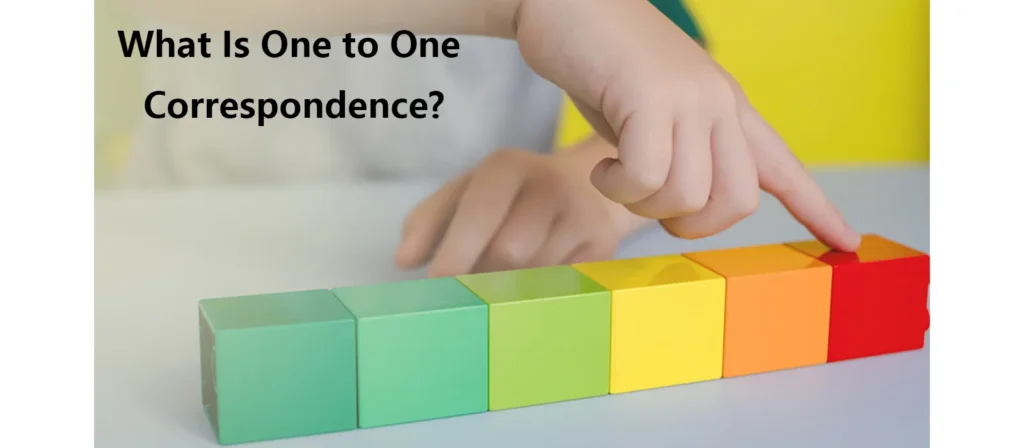
What Is One to One Correspondence in Math?
In early math, one-to-one correspondence is the ability to match each number in a counting sequence with one and only one object. It forms the foundation for accurate counting, number recognition, and eventually, operations like addition and subtraction.
This concept helps children move from simply reciting numbers (rote counting) to understanding that numbers represent actual quantities. For example, when a child counts “1, 2, 3” while placing three apples in a basket—one at a time—they are demonstrating one-to-one correspondence in math.
Mastery of this skill supports key mathematical concepts such as:
- Comparing quantities (e.g., which group has more or less)
- Understanding equality (each group has the “same amount”)
- Solving simple problems (e.g., if one block is added, how many are there now?)
Without a solid grasp of one-to-one correspondence, children may struggle with basic counting accuracy, making further math learning more difficult. That’s why teaching this concept early—and reinforcing it often—is critical for building long-term number sense.
Examples of One to One Correspondence
Understanding one to one correspondence becomes easier when we see it in everyday situations. These simple examples show how children naturally practice the concept through daily activities and play:
- Setting the table: A child places one fork next to each plate. Each item matches one person—this is one-to-one correspondence in action.
- Handing out snacks: Giving one cookie to each friend during snack time reinforces the idea of one item per person.
- Counting steps: As a child climbs stairs and says “one, two, three,” while stepping, each number is matched to a physical movement.
- Toy cleanup: Placing one toy in each bin or cubby during cleanup helps build matching skills and organization.
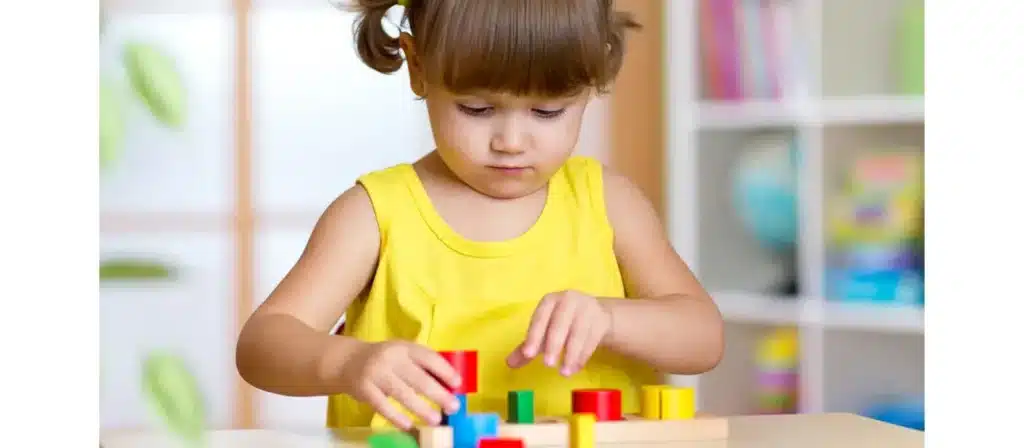
Benefits of Mastering One to One Correspondence
Mastering one to one correspondence lays the groundwork for a wide range of essential learning skills in early childhood. Though it may seem like a small step, it has a powerful impact on how children understand numbers, interact with their environment, and build confidence in learning.
1. Builds Accurate Counting Skills
Children who grasp one-to-one correspondence can count physical objects correctly, matching one number to one item without skipping or repeating. This ability leads to consistent, reliable counting, which is critical for future success in math.
2. Strengthens Number Sense
Number sense is the ability to understand what numbers mean and how they relate to quantities. By mastering one to one correspondence, children begin to see numbers as more than symbols—they learn that “three” actually means three distinct items. This conceptual understanding supports logical thinking and future problem-solving.
3. Prepares Children for Basic Math Operations
A strong sense of quantity allows children to manipulate groups of objects and grasp operations like addition (“two blocks plus one more”) or subtraction (“take one away”). Without one to one correspondence, these operations become abstract and confusing.
4. Develops Logical and Spatial Thinking
Matching one object to another—such as one toy per basket or one sticker per space—strengthens spatial awareness and pattern recognition. These skills contribute to early geometry, sorting, and even literacy development (like tracking words left to right).
5. Encourages Independence and Responsibility
Daily routines become learning opportunities when children apply this concept: placing one napkin per guest, giving one crayon to each friend, or organizing toys into classroom bins. It fosters a sense of order and personal responsibility in daily life.
6. Boosts Confidence and School Readiness
When children can confidently count and match, they enter school with a strong foundation for math and structured thinking. This confidence often extends to other learning areas, setting a positive tone for their educational journey.
When Do Children Learn One to One Correspondence?
Most children begin developing one to one correspondence skills between the ages of 2 and 5. The learning process starts early—often when toddlers begin handing out toys, snacks, or building blocks one by one, even if they aren’t saying numbers yet. At this stage, they’re building an intuitive sense of matching “one item to one recipient.”
By age 3 or 4, many children can count a small group of objects correctly while pointing to or touching each one. This marks the emergence of true one to one correspondence, where verbal counting and physical matching happen together.
However, mastering this skill takes time. Even in kindergarten, some children may still need guidance to consistently count with accuracy. With regular practice and supportive activities at home and school, children gradually move from approximate matching to precise counting, laying a strong foundation for future math learning.
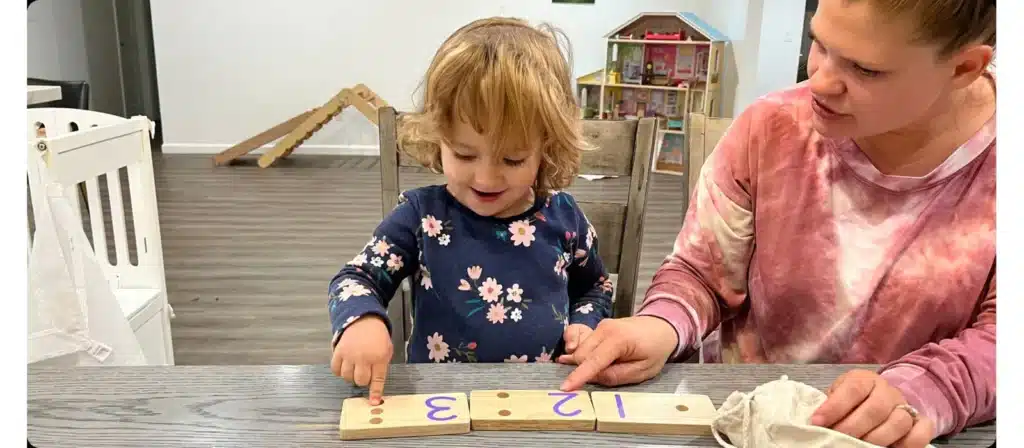
What Comes Before One to One Correspondence?
Before children develop one-to-one correspondence, they go through several important early math milestones that prepare them for accurate counting. These foundational skills lay the groundwork for understanding quantity, sequence, and object relationships.
Here are the key pre-skills that typically emerge first:
- Object permanence: Understanding that objects continue to exist even when out of sight is a crucial cognitive step in recognizing quantities.
- Visual matching: Children start matching similar shapes, colors, or sizes, which helps them later link one item to another in a meaningful way.
- Grouping and sorting: Placing objects into groups based on shared traits builds early classification skills necessary for counting and comparison.
- Reciting number sequences (rote counting): While not true counting, reciting “1, 2, 3” helps children get familiar with number order and rhythm.
- Subitizing: The ability to instantly recognize a small number of items (like 1–3 objects) without counting—often seen in toddlers—is an early number sense skill.
These early experiences with objects, patterns, and repetition form the base upon which one-to-one correspondence is built. Supporting these skills through playful, hands-on exploration helps children move naturally toward accurate counting and later math success.
One to One Correspondence vs. Rote Counting
Many young children learn to recite numbers before they truly understand what those numbers represent. This is known as rote counting—the ability to say numbers in order (e.g., “1, 2, 3, 4, 5”) without connecting them to actual quantities.
In contrast, one-to-one correspondence goes a step further. It involves matching each number spoken with one physical item. For example, a child who points to each block while counting “1, 2, 3” is demonstrating one-to-one correspondence. A child who says the same numbers without pointing or touching any objects is simply rote counting.
Here’s a simple comparison:
| Rote Counting | One-to-One Correspondence |
|---|---|
| Reciting numbers in order | Matching each number to one object |
| No understanding of quantity | Builds number sense and quantity awareness |
| Can happen without objects | Always involves physical items being counted |
| Early stage of math learning | Foundation for accurate counting and operations |
While both skills are important in early development, one-to-one correspondence is essential for understanding the meaning behind the numbers and for progressing in math. Rote counting is a good start, but true counting begins when each number has a purpose, and that purpose is tied to a real object.
How to Teach One to One Correspondence?
Teaching one to one correspondence involves more than just counting—it’s about helping children connect numbers to actual quantities in meaningful, hands-on ways. Whether you’re guiding a toddler at home or leading a classroom of preschoolers, the key is repetition, intention, and playful engagement. Here are proven strategies that help children internalize this essential skill.
Use Daily Routines for Practice
Children learn best through context, and daily routines provide natural opportunities to teach one-to-one correspondence. These real-life moments feel purposeful to young learners and make the concept easier to grasp.
Daily life offers countless opportunities to reinforce one-to-one correspondence:
- Ask your child to set the table—placing one plate, one fork, and one napkin for each person.
- Let them hand out snacks—one apple per friend, one cookie per sibling.
- Involve them in cleanup—one toy per bin, one book per shelf.
These tasks help children connect numbers to physical actions, reinforcing the idea that each number represents one item.
Add Visual and Physical Structure
Many young children benefit from visual prompts and physical contact with what they’re counting. This helps them stay focused and reduces common mistakes like skipping or double-counting.
You can try:
- Laying out number cards and having children place one object on each
- Drawing circles, squares, or boxes to guide object placement
- Encouraging children to touch or move each item while counting aloud
These techniques promote accuracy and make the abstract concept of numbers more concrete.
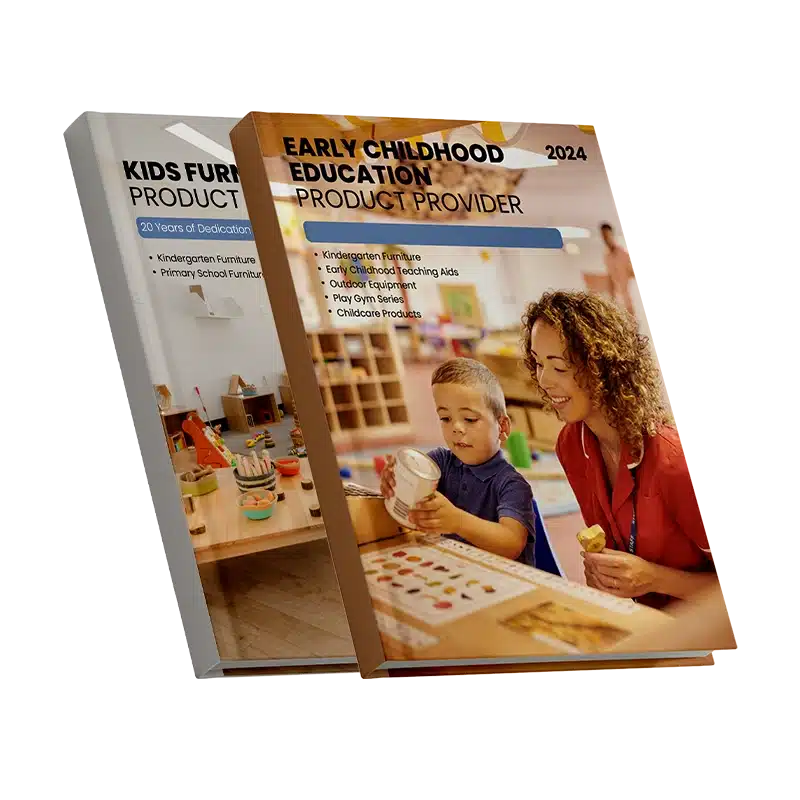
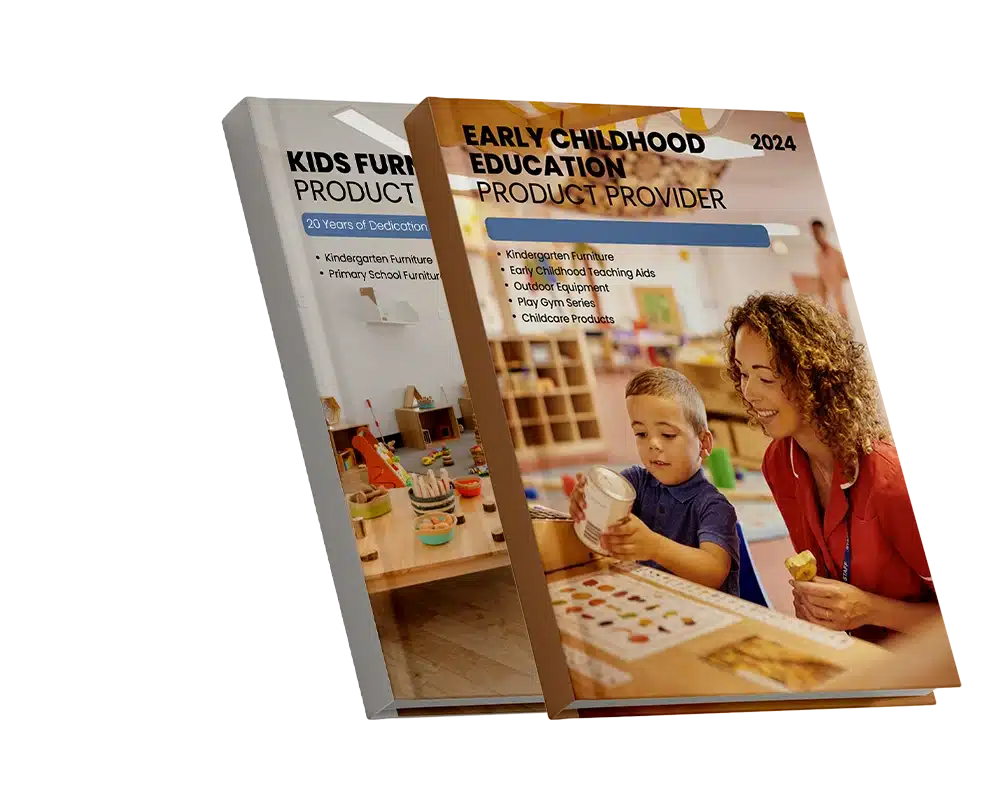
Make Counting Part of Play
Playtime is one of the richest learning environments for children. Through playful interaction, children practice counting in ways that feel natural, not forced. Integrating one-to-one correspondence into games helps learning stick.
Examples include:
- Putting one animal in each toy barn or “home”
- Using stickers to match with dots or shapes
- Filling egg cartons with one pom-pom per cup
These games not only build math skills but also improve fine motor coordination and focus.
Slow Down and Count with Purpose
Children often rush when they count, saying numbers faster than they interact with the objects. Slowing down the process helps build accurate and intentional counting habits over time.
Suggestions:
- Count out loud together, modeling a slow and steady pace
- Use fingers to point, tap, or move each item as it’s counted
- If mistakes happen, gently guide them back: “Let’s check again—did we count each one?”
Over time, this mindful pacing becomes a habit that supports more advanced math learning.
Use Books, Songs, and Rhymes
Children naturally connect with rhythm, repetition, and visuals. Storybooks and songs that involve numbers can reinforce one-to-one correspondence while keeping kids engaged and entertained.
Helpful resources:
- Books like Ten Black Dots or One Duck Stuck that encourage object counting
- Fingerplay songs like “Five Little Ducks” or “Ten in the Bed”
- Rhymes that pair movement with number words
These activities build listening skills while reinforcing the counting process in fun, memorable ways.
Repeat and Reinforce Across Contexts
Mastery doesn’t happen in one session—it develops through consistent exposure across various settings. The more frequently children see and use one-to-one correspondence, the more naturally it becomes part of their thinking.
Tips:
- Incorporate counting into transitions, routines, and clean-up time
- Use different materials to keep interest high (beans, blocks, buttons, etc.)
- Celebrate effort and progress, not just correct answers
Repetition with variety keeps learning fresh and reinforces the core concept in diverse, meaningful ways.
Signs a Child Understands One to One Correspondence
Understanding one to one correspondence is a major milestone in a child’s mathematical development. When a child masters this concept, it becomes visible through specific actions, habits, and spontaneous behaviors during daily tasks and play. Here are common indicators to look for:
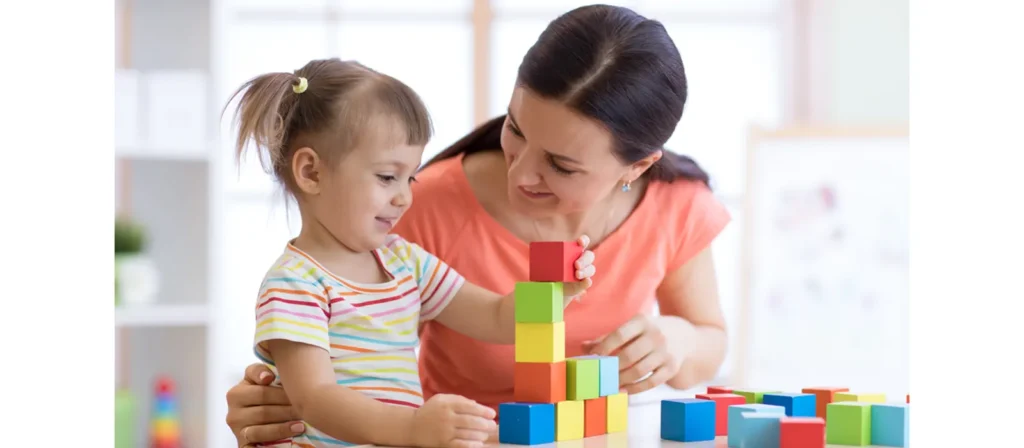
Demonstrates Accurate Counting with Objects
Children who have developed one to one correspondence can count groups of items correctly by touching or pointing to each object once. They consistently assign one number to one object in the correct order. If there are seven blocks, the child touches each one while counting aloud from one to seven without missing or repeating any. This shows reliable coordination between what they see, say, and do.
Recognizes Quantities Without the Need to Recount
Another strong indicator is the child’s ability to understand that numbers represent a fixed quantity. After counting out five buttons and moving them slightly, a child who understands one to one correspondence won’t feel the need to start over. They understand that five buttons are still five, even if their positions change. This demonstrates abstract thinking and quantity recognition beyond rote memorization.
Uses One to One Correspondence to Solve Real-World Problems
Problem-solving abilities often emerge through daily activities. For example, when setting the table, a child may automatically place one fork and one spoon at each seat. This demonstrates that the child is not only counting but applying the concept to organize and complete tasks accurately and independently.
Matches One Item to Another with Purpose
You may notice a child placing one puzzle piece in each slot or giving one sticker to each friend during craft time. These seemingly simple behaviors show the child understands that each item needs a corresponding match. This matching skill confirms their internalization of one to one correspondence in a practical and meaningful way.
Self-Corrects While Counting
A child who can recognize a mistake mid-task—such as skipping an object or counting the same item twice—and then go back to fix it is showing a deep awareness of quantity and order. This self-monitoring ability indicates more than just surface-level counting. It’s a sign they understand the importance of keeping a one-to-one relationship between numbers and objects.
Engages in Equal Distribution During Play
Children may naturally show their understanding through social activities. For example, during snack time or pretend play, a child might ensure every doll gets exactly one cookie or every friend receives one toy. These actions highlight the child’s ability to apply one to one correspondence without instruction, simply by interpreting fairness and quantity.
Enjoys Structured Matching Tasks
Children who enjoy and complete matching or sorting activities—such as putting one sticker per square on a worksheet or placing one coin in each section of a tray—are demonstrating internal control over one to one correspondence. These structured tasks allow adults to observe whether the concept has been mastered clearly.
Verbally Explains Their Counting Process
If a child can explain, “I gave one to each person,” or “I counted one by one,” it shows they not only understand the concept but can articulate their reasoning. Being able to describe their actions is a high-level indicator that they have absorbed and internalized the concept.
10 Engaging Activities to Reinforce One-to-One Correspondence
Children learn best through active, hands-on experiences. The following activities are specifically designed to help reinforce one-to-one correspondence by encouraging children to match one number word or item with one object, space, or action. These playful, practical ideas can be used at home or in the preschool classroom.
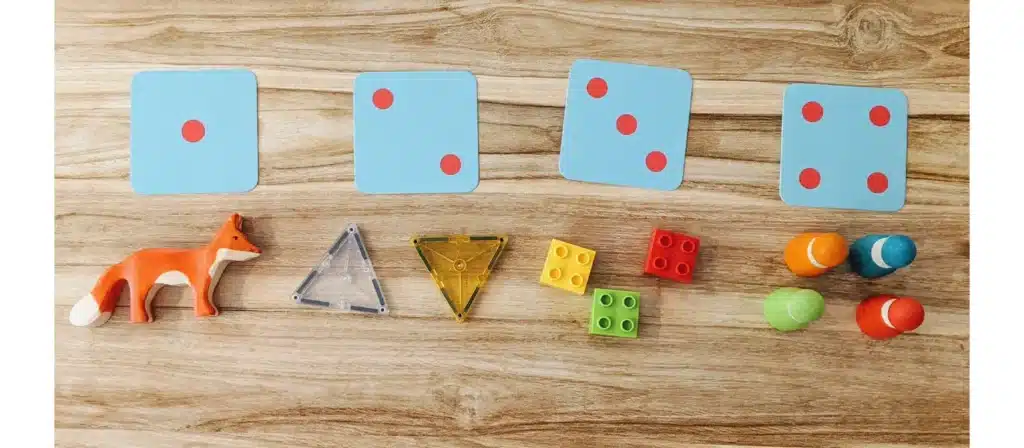
- Pom-Pom Egg Carton Drop
Give children an empty egg carton and a handful of pom-poms. Ask them to place one pom-pom in each section. As they do, have them count aloud—one number per drop. This activity builds precision and fine motor skills. - Snack Sorting
Use crackers, grapes, or cereal pieces and small containers or cups. Ask children to put one piece of snack into each cup. Not only does this practice one-to-one matching, but it also leads to a satisfying treat! - Clothespin Number Line
Create a number line using a string and numbered cards (1–10). Let children clip one clothespin onto each number. This helps reinforce counting sequence and object-number matching through physical movement. - Playdough Mat Count
Print or draw mats with images of empty shapes or outlines (e.g., circles, animals). Children roll small playdough balls and place one in each shape while counting. It’s a tactile way to connect numbers with space. - Nature Match
Collect natural items—leaves, stones, or sticks. Set out containers or trays with numbers written on them. Children place one item in each section, matching one object to one number. - Button Line-Up
Draw ten boxes on a sheet of paper. Ask children to place one button in each box while counting aloud. This simple activity emphasizes visual organization and one-to-one mapping. - “One for Each” Toy Game
Provide a set of toy animals and beds, chairs, or baskets. Ask the child to put one animal in each space. This dramatic play-based task builds understanding while keeping engagement high. - Sticker Counting Chart
Give children a numbered chart (1–10). Have them place one sticker in each box, counting as they go. Kids love stickers, and this activity blends number recognition with physical placement. - Step-and-Count Movement Game
Mark ten spots on the floor (with tape or paper dots). Ask the child to jump, step, or hop onto each one while counting aloud. This full-body movement supports coordination and counting rhythm. - Bean Spoon Transfer
Provide a bowl of dried beans and an ice cube tray or muffin tin. Have the child use a spoon to move one bean into each section, counting with each transfer. This quiet, focused activity sharpens control and correspondence.
Toys That Promote One-to-One Correspondence
The right educational toys can make learning one to one correspondence feel like play. These toys naturally encourage children to count, match, and engage with objects one at a time—reinforcing early math skills through fun, hands-on interaction.
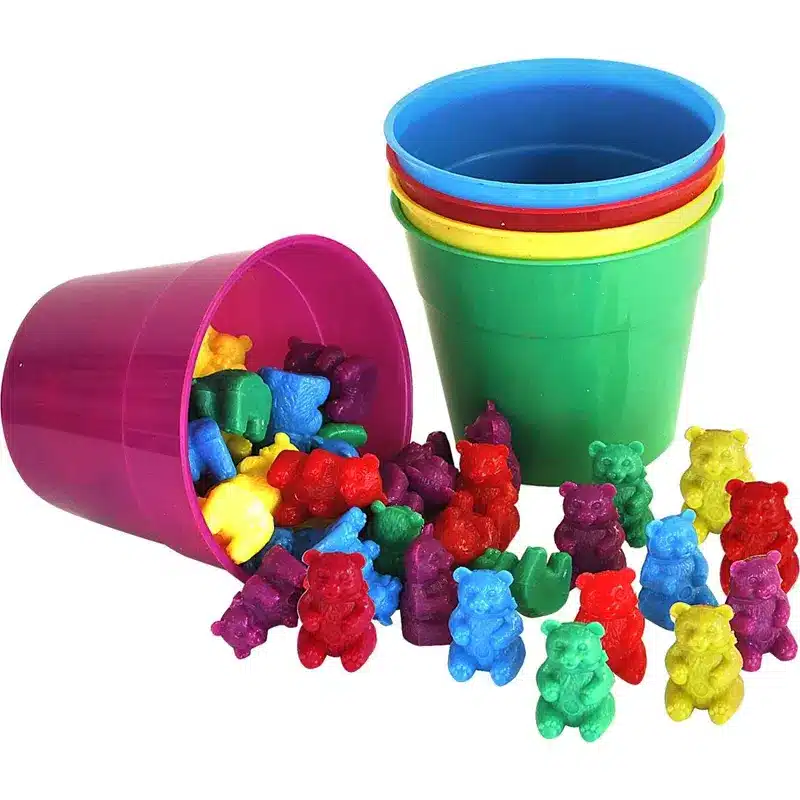
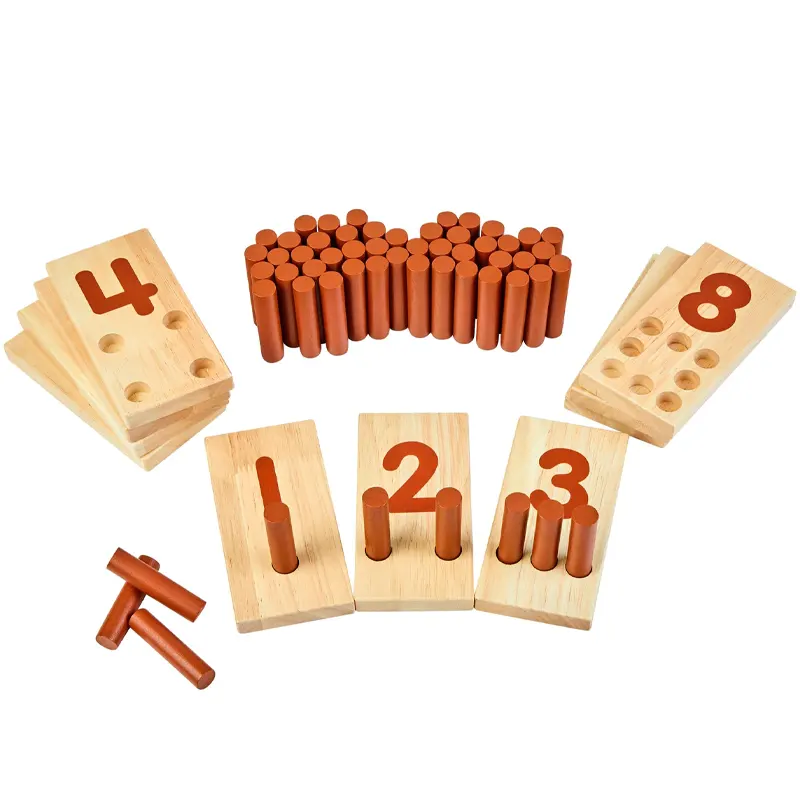
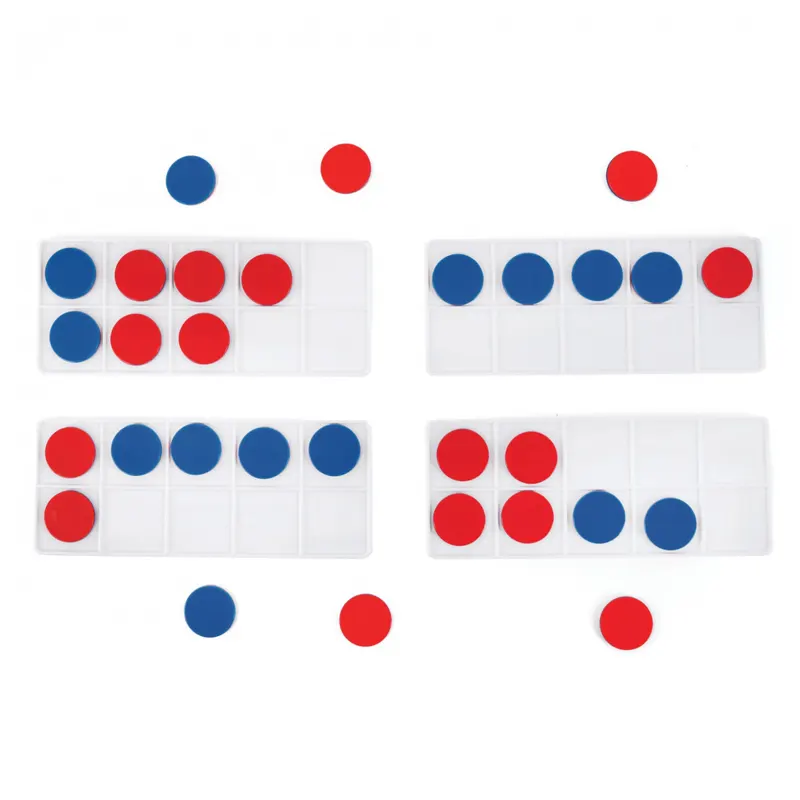
- Counting Bears with Sorting Cups
A classic early math tool, counting bears allow children to place one bear into each color-matching cup. As they count aloud while sorting, they naturally practice one-to-one matching. - Peg Number Boards
These wooden boards feature numbers and matching holes. Children insert one peg per hole as they count, reinforcing the link between quantity and number through hands-on interaction. - Ten Frames with Counters
Ten frames provide a structured way for children to place one counter per square. It helps them visually organize quantities and practice counting with accuracy. - Magnetic Number Maze
Using a magnetic wand, children guide small balls into numbered sections on the board—one ball per space. This activity strengthens both counting and fine motor skills. - Muffin Match Up Game
Games with muffin tins and play food pieces let children place one muffin in each slot. It mimics real-life distribution tasks and reinforces the idea of “one item per space.” - Matching Cards (Shapes, Animals, Numbers)
Simple card matching games that require one-to-one pairing help children build visual recognition, memory, and object-to-object correspondence. - Pop-Up Button Toys
Toys that involve pressing one button to pop up one character or object are great for toddlers. Each cause-and-effect action reinforces the idea of one action equals one response. - Bead Stringing Sets
Children thread one bead at a time onto a string, counting as they go. This activity encourages both fine motor development and the rhythm of one-to-one counting.


What Can You Do If a Child Is Struggling with One-to-One Correspondence?
Not all children grasp one-to-one correspondence at the same pace—and that’s okay. Struggling with this skill is a normal part of early math development. Some children may count out loud without touching the objects, skip items as they count, or repeat numbers for the same object. These behaviors are signs they need more structured, supportive practice.
Instead of feeling discouraged, educators and parents can respond with strategies that simplify the concept, make it more concrete, and gradually guide the child toward independence. Here’s how to help:
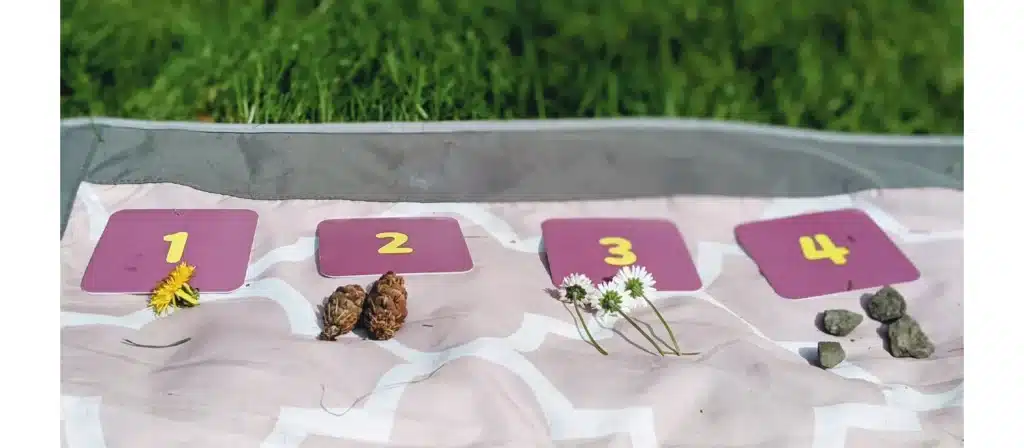
Create a Clear Link Between Numbers and Objects
If a child is struggling, it may be because numbers feel abstract. Help make them more meaningful by building intentional links between counting words and real things. For example, use labeled mats with numbers and ask the child to place one object on each number—“This is number 1, and it gets one block; number 2 gets one too.”
Reduce Distractions and Scaffold the Task
When a child is distracted or overwhelmed, it becomes harder to stay focused on counting accurately. Minimize background noise, limit the number of objects to count (start with 2–3), and give step-by-step support: “Let’s count these buttons together—watch me touch each one.”
You can also physically guide their hand at first, then gradually reduce help as they improve.
Slow Down the Counting Process
Children often rush through counting. Encourage them to take their time by modeling slow, deliberate counting. Touch or move each object as you count aloud together. Use phrases like, “Let’s go slowly so we don’t miss any!”
Build Visual Structure
Use tools like:
- Ten-frames: for organizing counters
- Muffin tins: for placing one object per space
- Dot grids: to help track what’s been counted
These visuals reduce the cognitive load of tracking multiple objects and help the child see progress in real time.
Vary the Types of Materials
Some children may respond better to certain textures, shapes, or objects. Try switching from buttons to counting bears, pom-poms, pebbles, or even snacks. The novelty of new materials can increase engagement and help break through frustration.
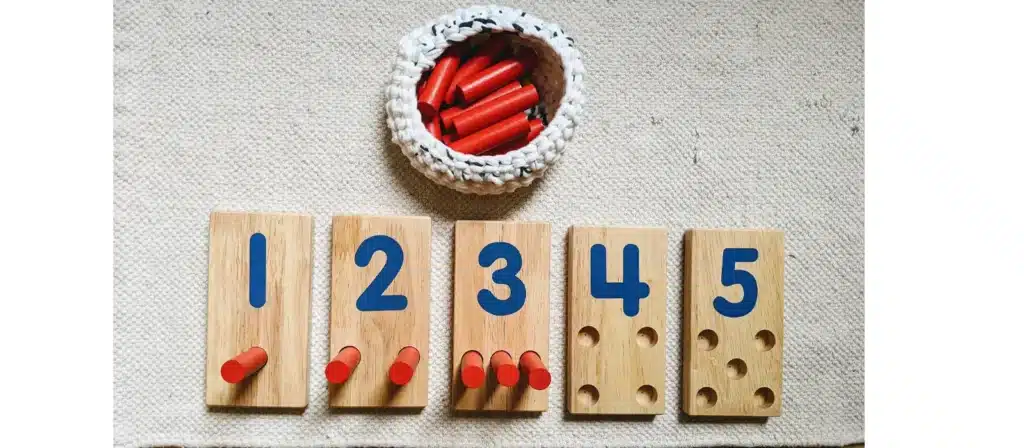
Observe and Adapt
Watch closely to identify where the child struggles. Are they rushing? Losing track of objects? Not connecting the number to the action? Tailor your support based on these observations and adjust your methods accordingly.
Acknowledge Effort, Not Just Accuracy
Celebrate small wins: “I saw you touch each one that time!” or “You remembered not to rush—that’s awesome!” Encouraging persistence rather than perfection keeps motivation high and reduces math-related anxiety.
Don’t Rush Mastery
Some children need weeks—or even months—of regular exposure before one-to-one correspondence becomes automatic. That’s perfectly normal. Let them progress at their own pace, and continue offering varied, meaningful practice without pressure
Partner with the Child
Turn the process into a shared experience instead of a test. Sit side by side and say, “Let’s do this together,” rather than “Now you do it alone.” This collaborative approach builds trust and reduces stress, making room for gradual improvement.
FAQs
- What are some common signs that a child is struggling with this concept?
Skipping objects, counting too quickly, double-counting the same item, or reciting numbers without referencing items are typical signs of difficulty. - Is one-to-one correspondence only useful for math?
No. It also supports logical thinking, sequencing, turn-taking, and even early reading skills like tracking words from left to right. - What are the best activities to teach one-to-one correspondence at home?
Simple tasks like setting the table, sorting snacks, using stickers, or reading counting books help reinforce the concept in a natural and fun way. - How often should I practice this with my child?
Daily practice, even in short, casual moments, can be very effective. Consistency matters more than long sessions. - How long does it take for a child to master one to one correspondence?
It varies by child, but with consistent exposure through play and real-life experiences, most children grasp it within a few months of practice. - Do children need to understand number symbols to grasp one to one correspondence?
No. Children can develop strong one to one matching skills with physical objects well before recognizing numerals. - What should I do if my child can count aloud but still miscounts objects?
This often means they’ve mastered rote counting but not one-to-one correspondence. Focus on slowing down and physically touching or moving each item as they count.
Conclusion
One-to-one correspondence may seem like a simple skill, but it plays a powerful role in shaping how children understand numbers, quantity, and relationships in the world around them. By helping children connect number words with actual objects, we lay the foundation for accurate counting, strong number sense, and long-term math success.
Whether you’re a parent supporting early learning at home or a teacher guiding a classroom of curious minds, your role is essential. Through consistent routines, hands-on play, and thoughtful encouragement, you can help children develop this critical skill with confidence and joy. Remember, progress takes time.

